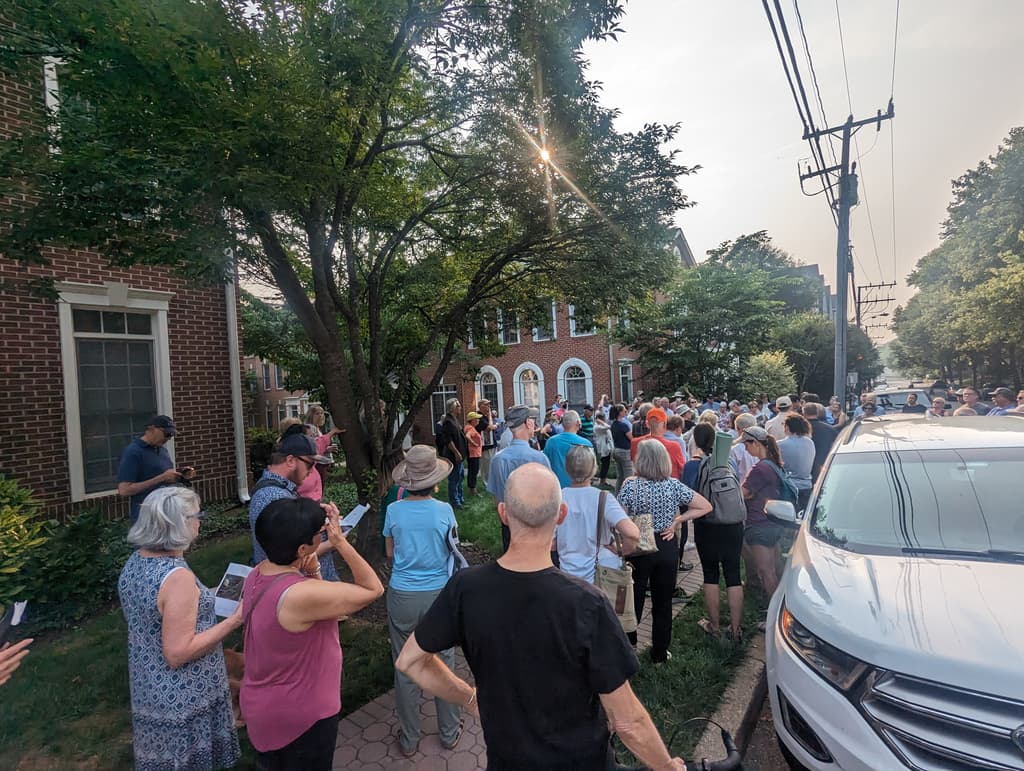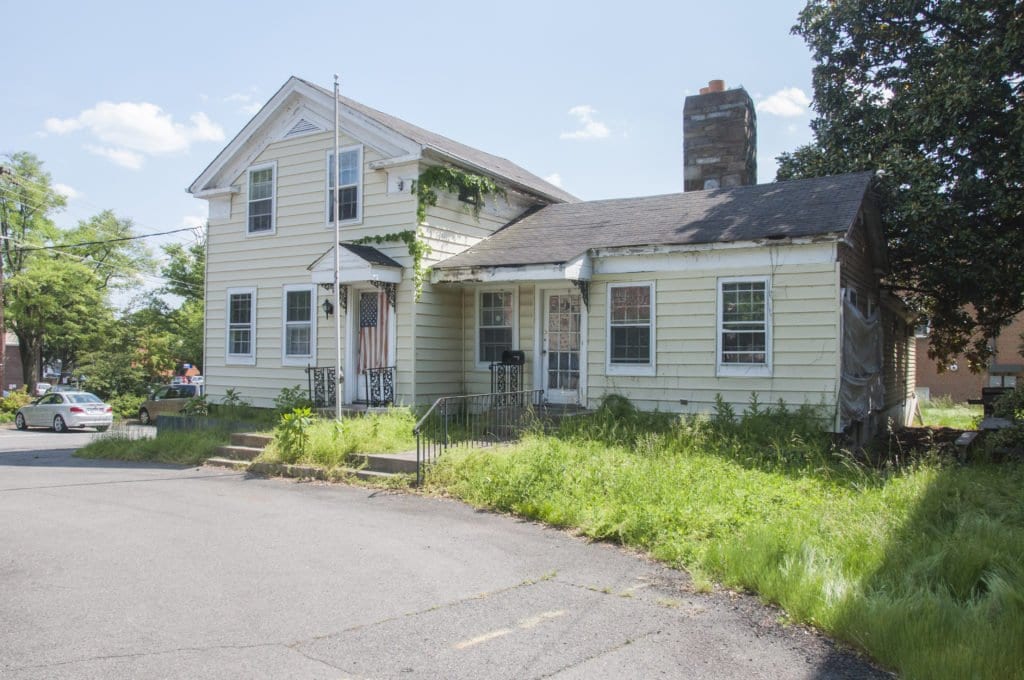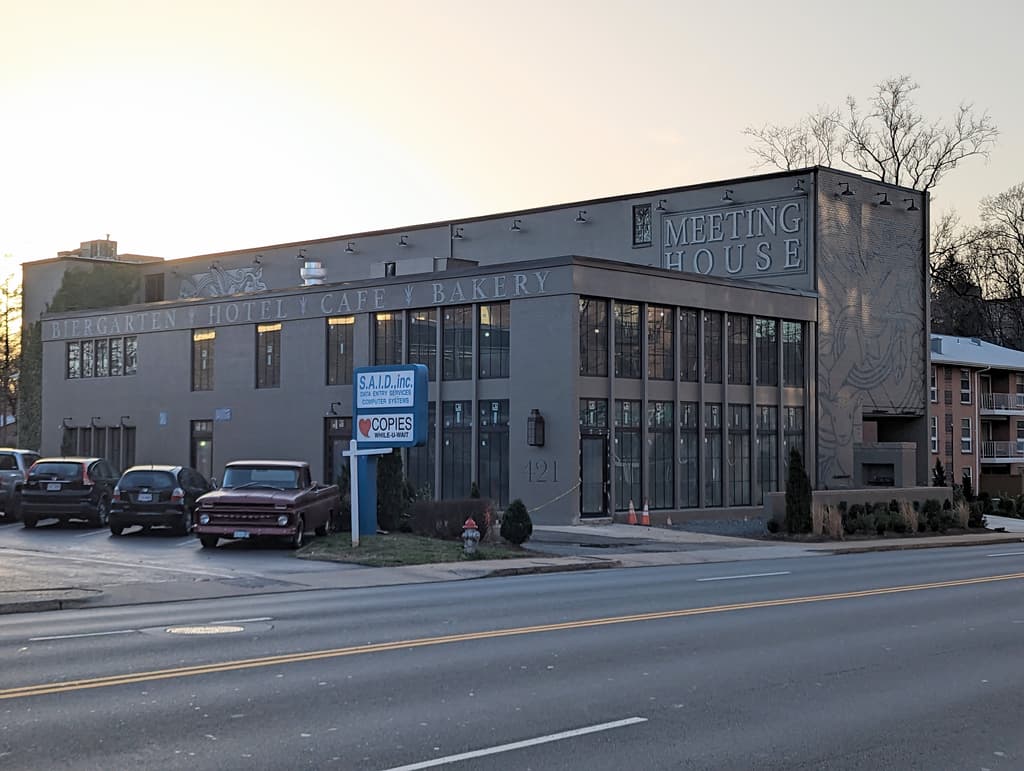Updates from Letty – July 21, 2023
Blog posts are the personal views of Letty Hardi and not official statements or records on behalf of the Falls Church City Council
Dear Friends,
Ahead of a mini 2 week recess, I’m going to get straight to the city business that I think is worth your time. Read on if you’re interested in next steps on T Zones, the CBC’s candidate pledge, and what’s coming to the 400 block of Broad St (Meeting House, formerly the Inns of Virginia/Falls Church Florist buildings) – the latter has been one of the top FAQs I’ve been fielding recently. It’s a great example of “adaptive reuse” – and we have several completed, underway, and hopefully coming soon examples across the city.
Note: Our next “Ask the Council” office hours moved to August 2 due to summer schedules and City Council will be back for our last meeting of the summer on August 7.
See you in August!
Letty
PS – Take note of the upcoming virtual town hall on the Community Energy Action Plan next Tuesday evening. While we adopted the Government Operations Energy Action Plan this week, government’s share of greenhouse gas (GHG) emissions represent only 3% of the city’s total GHG – so the community’s role is critical!
What Happened This Week:
(1) T Zone Walking Tour – we had a big turnout at this week’s walking tour on Park Ave to look at setbacks, heights, and other design elements of existing buildings as City Council considers the zoning changes to allow small, infill development in T Zones. If you missed my post last week about T Zones, I included a refresher and information on gentle density, middle housing, and regional context.
Letty’s Thoughts: For the visual thinkers, it’s important to see the design elements in real life and the interplay between them so the walking tour helped accomplish that. For example, the back of the Spectrum Building, built 15 years ago, is sometimes cited as a “cramped” pedestrian experience and the building is “too tall” for Park Ave. As we noted on the walking tour, the Spectrum setback is only 12′, with a 4′ wide sidewalk and the rest of the setback used for a 2′ landscape strip and 6′ for the walkway/ramp/landscaping. Further, the trees are planted up against the building. All of this contributes to making the 54.5′ building feel taller and more cramped. In contrast, what is proposed in T Zones is a 20′ setback by-right (could be reduced to 15′ through the SUP approval process) and design requirements like a minimum sidewalk width per our streetscape standards that were adopted in 2017, could feel very differently.
As I’ve said before – a great pedestrian experience and good design matters to us. We continuously learn from previous projects. In the case of T Zones, we balance those considerations with our policy objective of small infill development in T Zones and diverse housing types. Note the first reading vote is scheduled for August 7.
(2) CBC Pledge – ahead of this November’s general election, note that all candidates have signed the CBC’s new candidate integrity pledge. In my last re-election campaign, I had already committed to capping my campaign contributions to $100 per person, so the pledge to keep our elections local, civil, and accessible was an easy commitment for me.
?: Citizens for a Better City
(3) Community Profile – if you need summer reading material, I encourage you to check out this year’s Community Profile, which is an annual recap of the community’s successes during the last year and highlights accomplishments against the vision statement and core values identified in the Comprehensive Plan.
Letty’s Thoughts: Like all people, we are at risk of getting mired in the day to day details and feedback about individual projects. This is a great report to take a step back and “see the forest from the trees” – all of these specific initiatives add up and contribute to the 2040 Vision we’ve outlined for the city:
“In the year 2040, the City of Falls Church is a welcoming and inclusive community – a special
place in the heart of Northern Virginia. Involved citizens are key to the City’s long-term
success as a leader in education, environmental sustainability, multi-modal transportation,
and vibrant economic development. By investing in neighborhoods, community services and facilities, schools, and parks the City preserves small-town character and history while honoring a deep commitment to progress and a growing community. The continual rejuvenation of robust commercial areas supports
the City’s high quality of life for all citizens.“
(4) Adaptive Reuse
Adaptive reuse is the hot, new term these days and it’s been touched on in several economic development discussions in the city. Per Planetizen, adaptive reuse refers to “a specific variety of redevelopment that makes use of existing building stock for the purposes of contemporary living—even if that existing building stock was built for obsolete uses in a bygone era.”
One of the best examples of adaptive reuse in the city is Northside Social which was revitalized and opened in 2018 into the popular coffeeshop it is today. The FCNP article is a good blast from the past of the abandoned Blue and Gray Building.
Adaptive reuse currently underway is the Meeting House in the 400 block of Broad St. Formerly the Inns of Virginia hotel and Falls Church Florist building, what’s planned is a new bakery on the ground floor (from the bakers behind Dolce Ciabatta), upstairs co-working office spaces, a beer garden in back patio, and a revamped small format hotel. I’ve had the opportunity to tour the space while it’s been under construction and I think the community will be thrilled when it opens this summer.
Letty’s Thoughts: Adaptive reuse is an important form of redevelopment that I love to see and encourage – it’s a far more interesting city when we have a variety of building types, ages, and sizes. Furthermore, it requires a different level of creativity that goes into re-imagining a building with a new use, often by small business owners, which contributes to the uniqueness and charm of The Little City.
That said, it’s important to note that if we want to encourage more adaptive reuse, it requires more flexibility on everyone’s part – from development policies to encourage this kind of use, to city permitting processes to make it easier for building owners to pursue the conversion, to the community’s expectations on conveniences they’ve come to expect like onsite parking which can be prohibitively expensive and/or physically impossible to fit into a rehabbing project. For example, when Northside Social opened, the lack of onsite parking was a big community issue. With shared parking arrangements, better wayfinding to public parking spaces, more utilization of public streets and more people on foot and bike – the parking issue has largely normalized. And we’ve welcomed a vibrant business and a lively corner that many of us couldn’t imagine Falls Church without.
Overall, adaptive reuse is a great affirmation of all of the good happening in the city – it’s evident that we’re creating a desirable place to live and do business, and I look forward to seeing more examples of this kind of reinvestment we’re cultivating.
What’s Coming Up:
Monday, August 7 – City Council Meeting*
*Mondays (except 5th Mondays and holidays) at 7:30 pm. You can access the agenda and livestream here, including recordings of past meetings